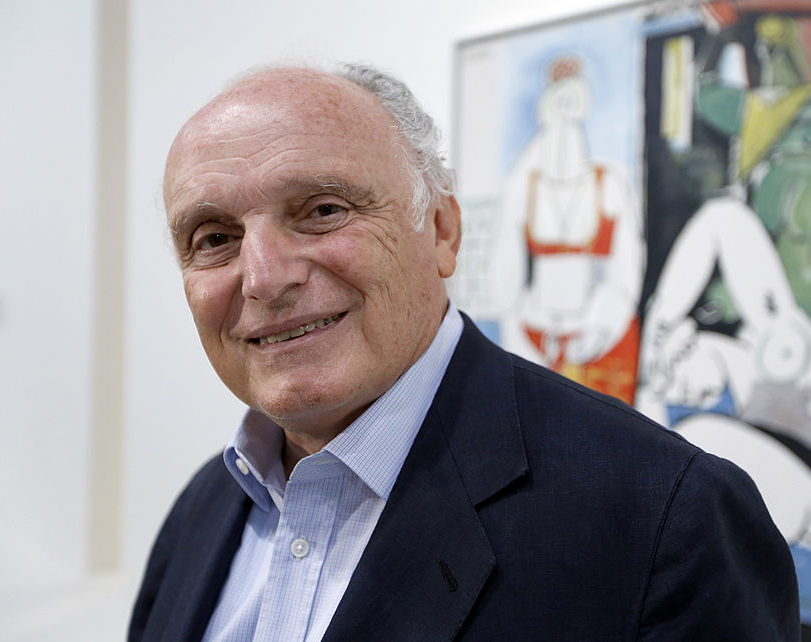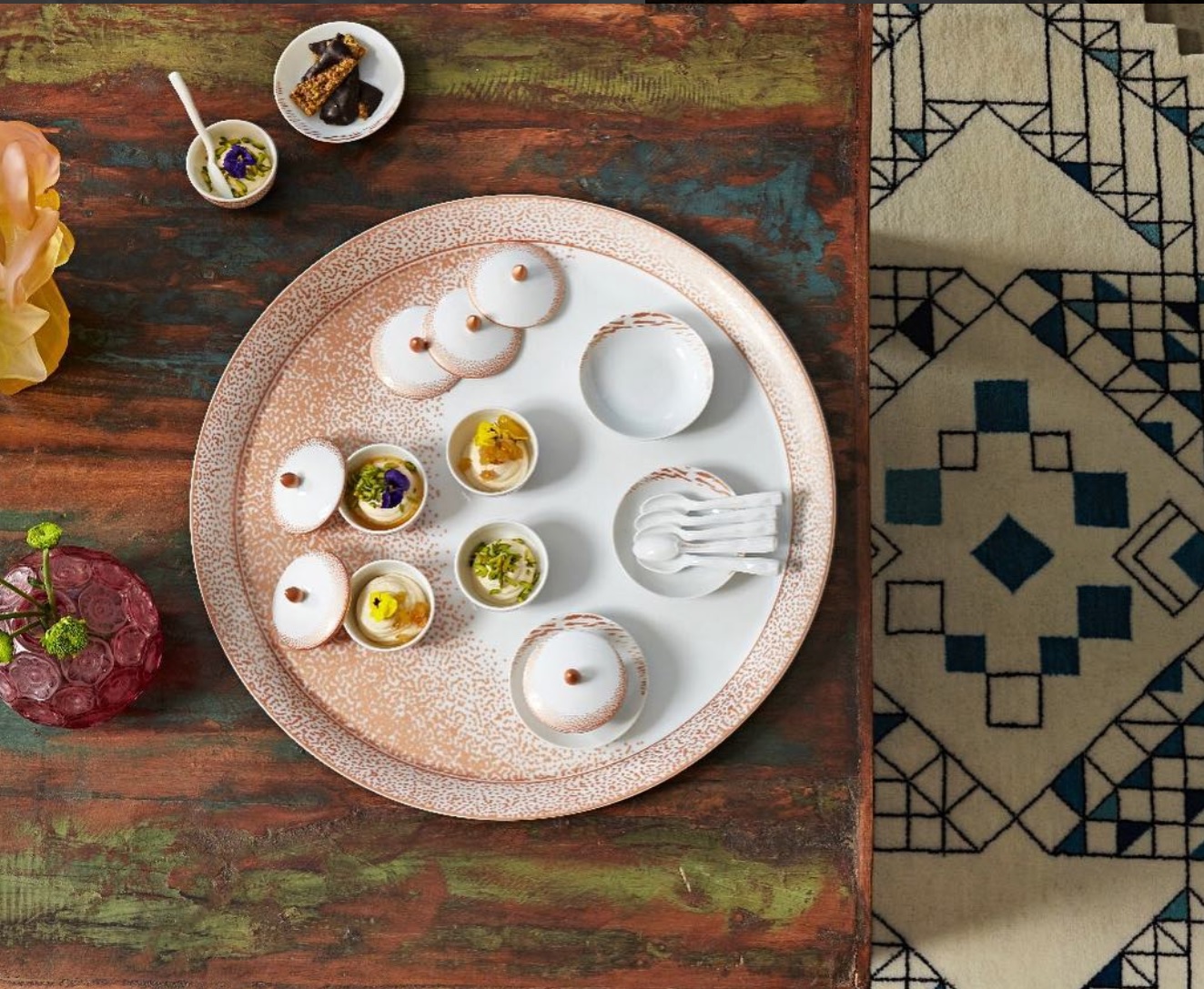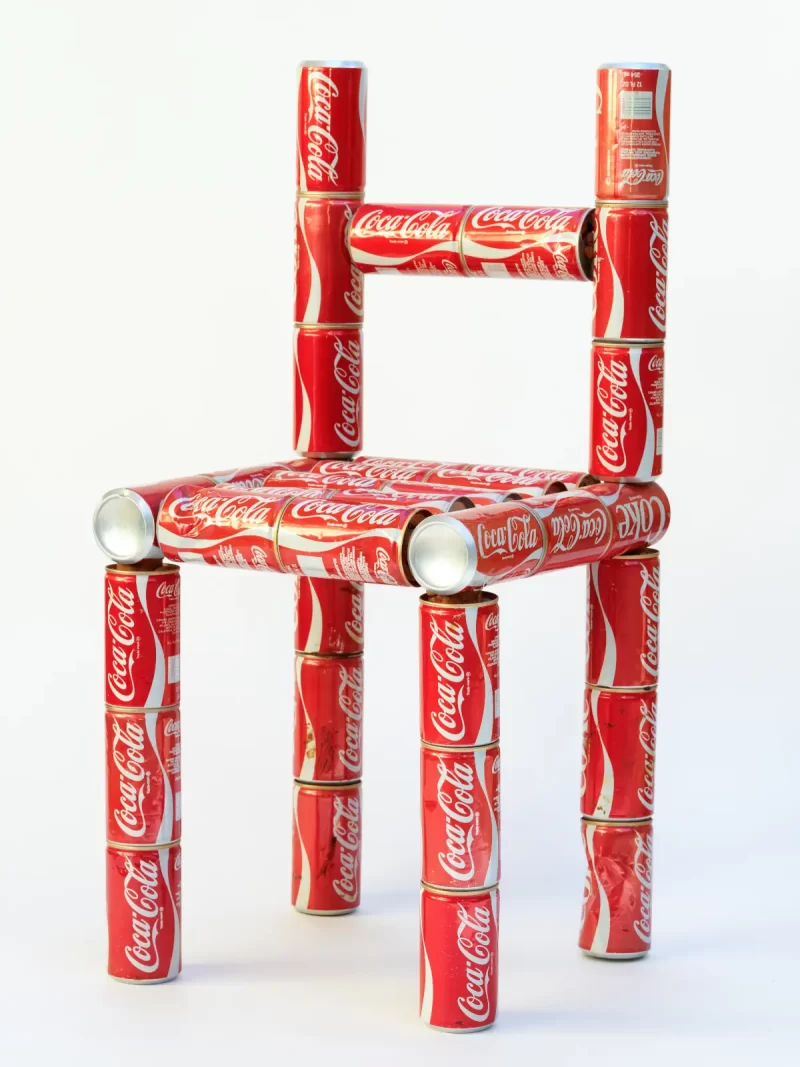
Meeting David Nahmad at his Monaco home was – IS – memorable for a whole host of reasons, not least for the collector’s straightforward way of articulating opinions on everything from art, the primary topic of our conversation, to history, to how human interaction has changed over the decades.
There is no ostentation about the man or his home – the few iconic art works (Leger, Arman, de Stael) on the walls tell enough of a story and the view over the bay is glorious in its simplicity.
The man himself is matter of fact: armed with two mobiles, neither of which looks particularly expensive or even “smart”, ringing sporadically; the laptop screen flashing stock market movements, but he is on focus and on message.
He has recently offered a still life Picasso – to a non-profit organisation that’s running a lottery (200 000 tickets at 100 euro each) to provide clean water to African countries – and hands me the six page research he has collated on the art work.
To BBeyond readers, David Nahmad needs no introduction – THE pre-eminent and most prolific Picasso collector, he has been a market maker for decades, as well as the most formidable force in collecting modern and impressionist art.
The Nahmad brothers, Giuseppe (“Joe”), David and Ezra, have in fact shaped the fine art world to an extent that the “Nahmad Effect” has influenced it in unique, substantive and literally existential ways.
It would do him an injustice not to mention that he is also one of the most erudite individuals I have ever had the privilege of meeting. To understand this fully, one needs to shine a light on the trajectory of his life in general and his life as a lover of art in particular.
The family history is well-documented: its roots go back to Syria and then Lebanon where his father, Hillel Nahmad, was a banker before moving to Italy in the 1960s. Nahmad Senior was NOT an art collector, but his sons were, in particular Joe.
Joe was 15 years older than David and already a hugely knowledgeable, prolific and often idiosyncratic collector, making sure David was exposed to art from a very young age. By the time he was 12 and when most of his peers would have been out kicking a football, young David was co-opted to accompany his brother at meetings with dealers and attend auction sales.
Reluctant at first, he developed a curiosity and later a passion for it when he realised that art is germane to science. He quit his university course on civil engineering and began trading – both the Italian stock market and the international art market – in earnest.
Joe passed away 7 years ago, so I only have David’s reminiscences to rely on, but it almost sounds like the younger brother provided a methodical, scientific approach to counter-balance the older sibling’s more emotional and on occasion seemingly contrary impulses.
Joe had the capacity to see the underlying beauty in the superficially ugly and the ephemeral in the superficially pretty, says David.
Nostalgia-tinged observations and reminiscences come fast, primarily about Joe whose legacy has, astonishingly, yet to be immortalised in a book or on screen, even if overtures have been made regarding the latter. Time and again, David credits him with the driving force, the initial impetus and the inspiration behind his own development as an art collector and ultimately an authority on the subject.
He speaks evocatively about being immersed in the cultural milieu of artists, writers, intellectuals in the early 60s, when art was created for its own sake rather than as a means to acquire fast notoriety and fortune, and when collectors went to auction rooms for the love of art rather than the love of speculation.
<< Art is not an asset, but a culturally significant part of humanity>>
One of his stories illustrates this aptly: he recalls meeting Henri Matisse at a young and impressionable age, when the artist would speak of his own father whose German patron and collector literally paid the subsistence bills. Today’s accumulation of wealth and art market prices would have been impossible to fathom then.
For his edge and iconic status in the art world then and now, he credits, time and again, his brother Joe and his own disciplined approach to research and education.
In a world of information overload, fast news, disposable friendships and short attention spans, he comes across as something of an anachronism, yet one whose vertiginous success trajectory ought to make a text book in “know your subject” above all. His propensity for studying the subject in depth, combined with his undeniable instinct, taught him to only buy works dating from artists’ start of the curve/precursor periods, “after which they tend to copy themselves”.
His nous for a deal is equally legendary and he is notorious for making acquisitions at a time of recession. He takes justifiable pride in it: during the 1970s art market crash, it was The Nahmad Effect – and Nahmad money – that saved the auction houses.
He has since stockpiled a phenomenal collection in a Swiss warehouse, the contents of which are only known to the man himself, but he has been generous with it too. When I am unable to guess the number of institutions he has lent iconic works to, he tells me: a staggering 320.
Ultimately, David Nahmad is as well known for collecting as he is for trading – in the ultra rarefied world of ultra blue chip art. He has often sold and bought back works (by way of example, he tells me he sold and bought back a single Leger work no fewer than 5 times).
Collectors who buy from him have the benefit of his encyclopaedic knowledge which he enjoys sharing and has at his fingertips with an impressive memory for detail.
<< I only need to look at the art on the walls at someone’s home, to know how intelligent they are>>
Our conversation is punctuated by a few phone calls during which the famed Jewish wit and incisive directness make a brief appearance.
I ask him if he knew, at the time he started collecting Picasso in particular, the stratospheric prices the works would eventually reach. He laughs off the question – no one knew at the time that people would amass fortunes worth billions; that an art work bought for 5000 in any currency would be worth, mere decades later, hundreds of millions.
Why Picasso in particular? Because, he says, Picasso was ingenious, creative and could turn anything into a work of art: using pieces of paper, his cigar even…
In as much as David Nahmad has collected art, what seems to have given him infinite joy is “collecting” knowledge and being a part of history in the making.
What he values most, he says, is authenticity, not just in art, but in human interaction, and all the values that once mattered, but seem to have lost traction of late: trust, the ability to strike a deal on a handshake, forgiveness (the latter, he says, is at the very foundation of the Jewish faith).
David Nahmad does not have a charitable foundation in his name – rather, he donates to educational and cultural charities, just as philanthropists used to once upon a time.





 Saving...
Saving...